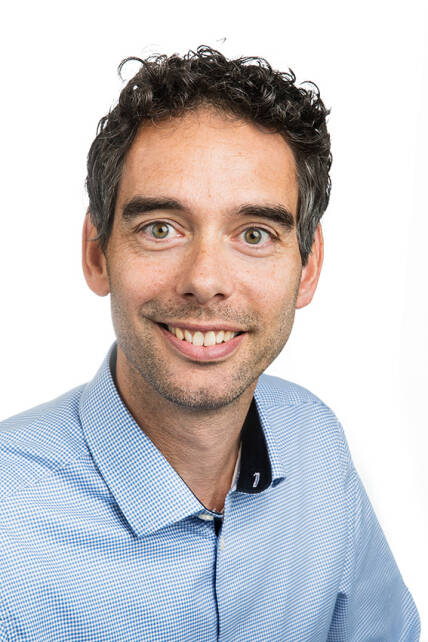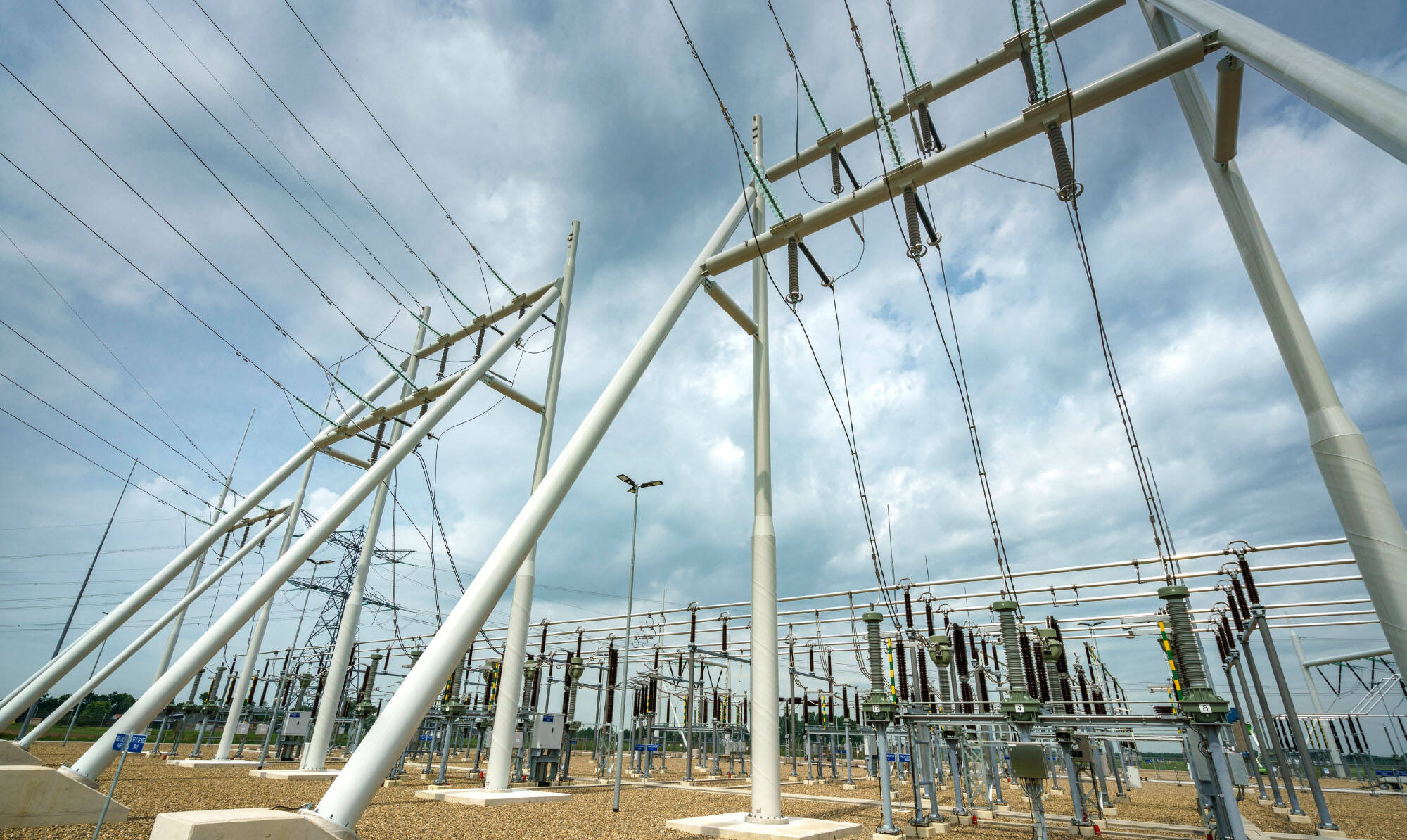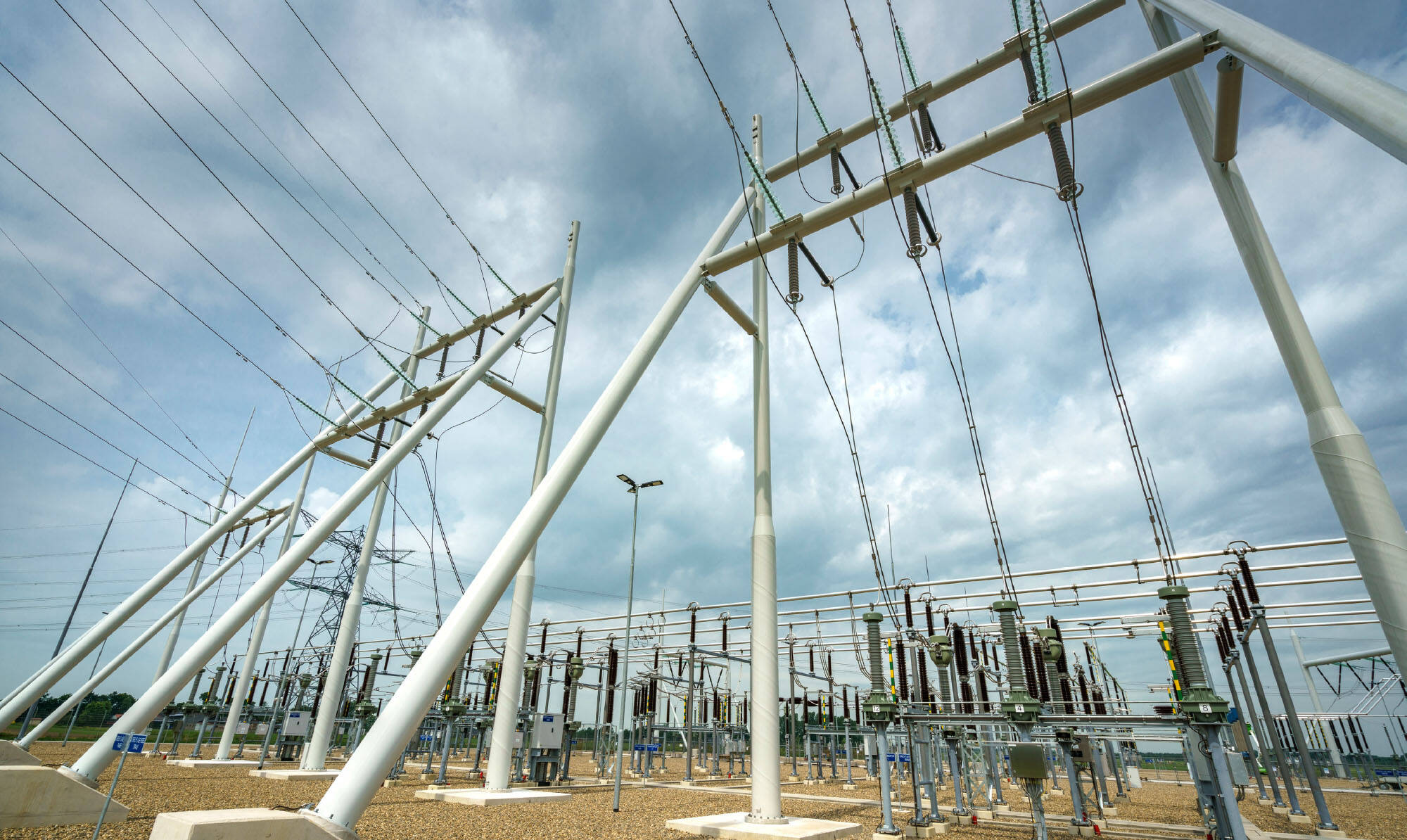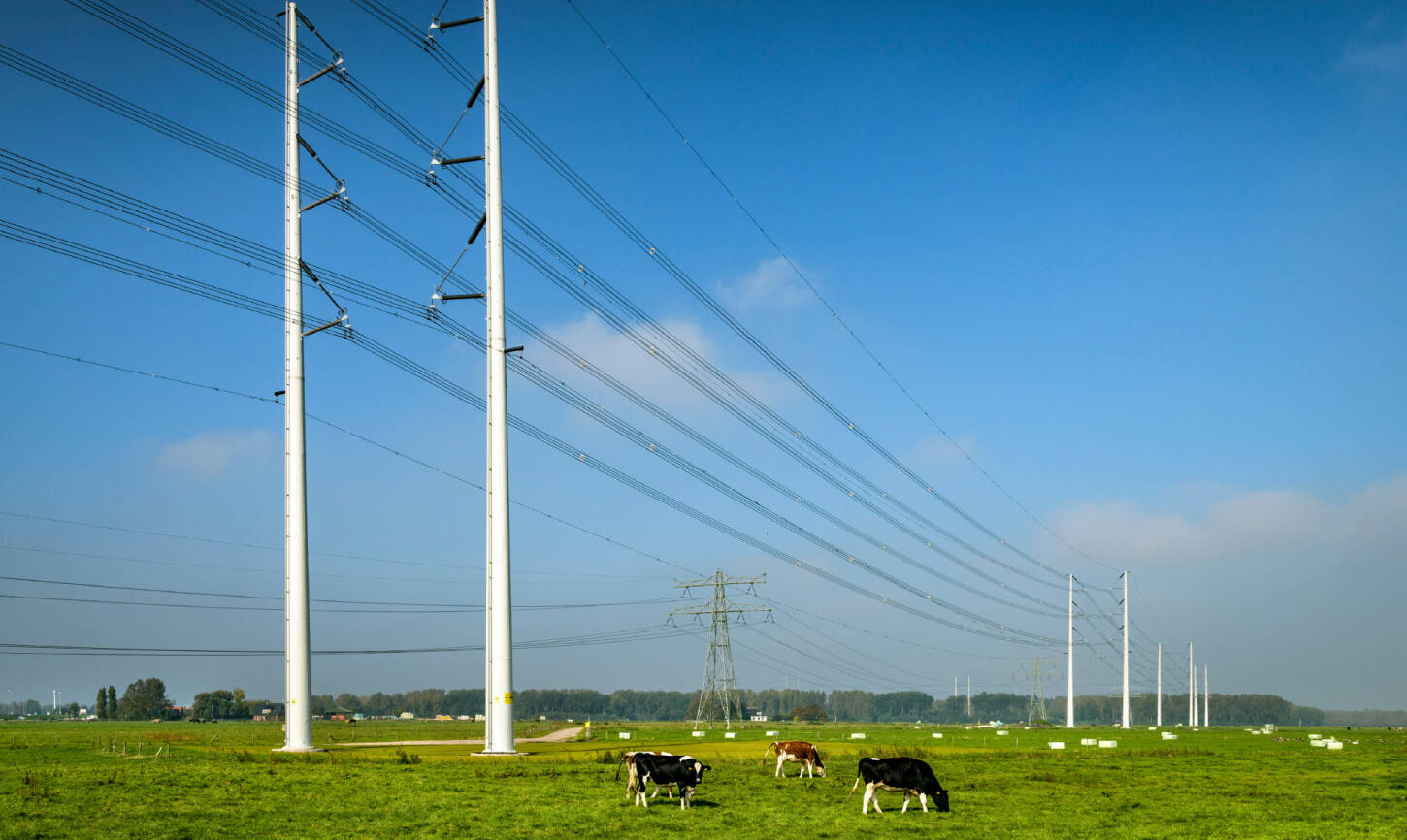Find out more about our organisation
Transmission System Operator (TSO)
As the Transmission System Operator (TSO) for the Netherlands and a significant part of Germany, TenneT owns and operates more than 24,500km of high-voltage lines and cables. We deliver electricity to 42 million domestic and business users, safely and reliably, 24 hours a day, 365 days a year. With more than 6,600 employees in two countries, we’re driven by our mission to ensure the lights stay on and that power is available, at the flick of a switch, whenever and wherever it’s needed.
To do this, we design, build, maintain and operate a high-voltage grid stretching across land and sea. This carries electricity from where it’s made – including a rapidly increasing proportion of wind and solar energy – to where it’s used. We carry it over ground, underground, under the sea and across borders, over our rapidly expanding high-voltage grid.


“As TenneT, we need more solutions to optimise grid usage to be able to connect more customers to the transmission and distribution grids. We need to work on this with the distribution grid operators, our customers and other market stakeholders. With this Open Innovation Programme, we hope to accelerate, stimulate and find solutions together.”
Bas Swinkels, Innovation manager TenneT




Congestion management
TenneT is involved in the ‘Landelijk actieplan congestiemanagement’ which ensures that these grid stops can be removed in the short term, by applying congestion management. This conforms to the new NetCode that’s been in place since May 2022. Smarter and more optimal use of the grid is possible, through flexibility of demand and supply. Congestion management entails a market mechanism by which customers connected to the electricity grid are incentivised to be flexible with their demand or supply. This means that when the high-voltage grid is threatened with overload, users are asked to temporarily take less electricity or produce less electricity in return for a fee.
This development is leading to bottlenecks in TenneT’s high-voltage grid and the distribution grids of the distribution system operators, like Alliander, Stedin and Enexis. One of the consequences is the recent declaration of a provisional stop for companies wanting a new or heavier connection for both consumption and generation of electricity in the Netherlands. This development puts applications from small and medium-sized enterprises (SMEs) and large customers on a waiting list, as they couldn’t be connected due to insufficient grid capacity.
The need for more power-grid capacity
The rapid development of heat pumps, charging stations, new businesses and industry's sustainability initiatives, is leading to an explosion in demand for power-grid capacity. Grid expansion is in full swing, but it’s taking a long time, partly due to the search for suitable sites and lengthy permit procedures. Resources, in terms of qualified personnel and equipment to prepare and carry out all the work, are also limited.




Find out more about our organisation
As the Transmission System Operator (TSO) for the Netherlands and a significant part of Germany, TenneT owns and operates more than 24,500km of high-voltage lines and cables. We deliver electricity to 42 million domestic and business users, safely and reliably, 24 hours a day, 365 days a year. With more than 6,600 employees in two countries, we’re driven by our mission to ensure the lights stay on and that power is available, at the flick of a switch, whenever and wherever it’s needed.
To do this, we design, build, maintain and operate a high-voltage grid stretching across land and sea. This carries electricity from where it’s made – including a rapidly increasing proportion of wind and solar energy – to where it’s used. We carry it over ground, underground, under the sea and across borders, over our rapidly expanding high-voltage grid.
Transmission System Operator (TSO)




“As TenneT, we need more solutions to optimise grid usage to be able to connect more customers to the transmission and distribution grids. We need to work on this with the distribution grid operators, our customers and other market stakeholders. With this Open Innovation Programme, we hope to accelerate, stimulate and find solutions together.”
Bas Swinkels, Innovation manager TenneT

Congestion management
TenneT is involved in the ‘Landelijk actieplan congestiemanagement’ which ensures that these grid stops can be removed in the short term, by applying congestion management. This conforms to the new NetCode that’s been in place since May 2022. Smarter and more optimal use of the grid is possible, through flexibility of demand and supply. Congestion management entails a market mechanism by which customers connected to the electricity grid are incentivised to be flexible with their demand or supply. This means that when the high-voltage grid is threatened with overload, users are asked to temporarily take less electricity or produce less electricity in return for a fee.

This development is leading to bottlenecks in TenneT’s high-voltage grid and the distribution grids of the distribution system operators, like Alliander, Stedin and Enexis. One of the consequences is the recent declaration of a provisional stop for companies wanting a new or heavier connection for both consumption and generation of electricity in the Netherlands. This development puts applications from small and medium-sized enterprises (SMEs) and large customers on a waiting list, as they couldn’t be connected due to insufficient grid capacity.
The need for more power-grid capacity
The rapid development of heat pumps, charging stations, new businesses and industry's sustainability initiatives, is leading to an explosion in demand for power-grid capacity. Grid expansion is in full swing, but it’s taking a long time, partly due to the search for suitable sites and lengthy permit procedures. Resources, in terms of qualified personnel and equipment to prepare and carry out all the work, are also limited.



